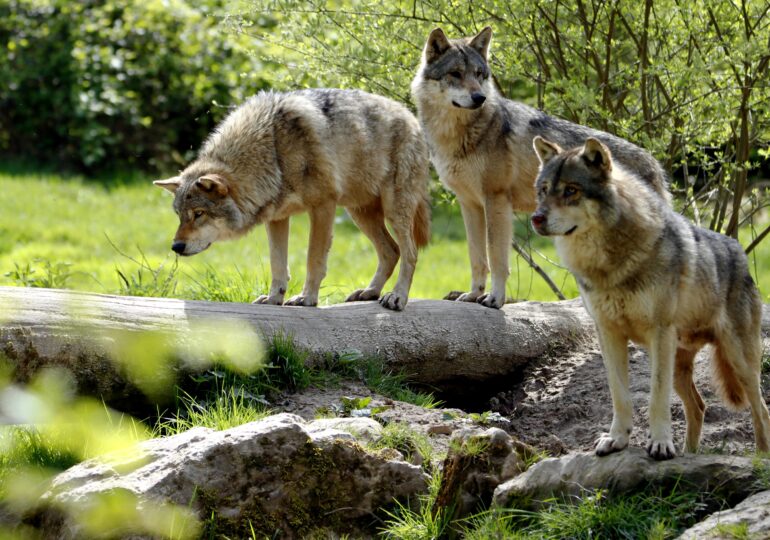The Council of the European Union approved on Thursday a controversial amendment to the Habitats Directive, reducing the protection status of the wolf from „strictly protected” to „protected.”
The decision paves the way for greater flexibility in managing these carnivores by member states, including the possibility of culling under certain conditions.
The directive amendment aligns European legislation with the revised standards of the Bern Convention, an international agreement regulating the conservation of flora, fauna, and natural habitats in Europe. The new classification of the wolf reflects recent trends of population growth and expansion of its range.
More freedom, but also responsibility
"The new status will provide member states with more flexibility in managing wolf populations. However, they are still required to maintain an adequate level of species conservation," the EU Council stated in a press release.
States can choose to maintain strict protection at the national level and implement additional protective measures.
The Council's decision comes after the European Parliament voted in early May to relax the wolf's protection status. Since then, the debate has intensified, with divided opinions between biodiversity conservation and protecting affected farmers and rural communities.
Wolf population is on the rise
According to data from the European Commission, there are currently over 20,000 wolves living on the continent, with a growing distribution. The areas with the most numerous populations are the Balkans, Nordic countries, Italy, and Spain.
The species' expansion is seen as a conservation success, but also as a challenge for residents of rural areas.
"This conservation success story has, however, led to an increase in conflicts with human activities, especially with livestock breeders," noted the European Parliament.
Farmers have reported increasingly frequent wolf attacks on herds, calling for stricter protective measures for their farms.
A once extinct species, now making a comeback
A century ago, the gray wolf had been nearly exterminated from Europe. The species' revival was made possible thanks to strict legislation and reintroduction and conservation programs. Today, the wolf population is estimated at over 20,300 individuals, a significant progress compared to the early 20th century.
Environmental groups warn that relaxing protection could lead to a setback in conservation efforts. "This decision risks undoing the progress made in recent decades. If states choose culling over coexistence, we will once again be on the brink of extinction," representatives of the European Wilderness Society cautioned.
Reducing wolf protection is seen by some analysts as a political concession to pressures from rural areas. However, in the absence of a clear framework for the permitted "management," the risk of abusive application of the new provisions remains high.

